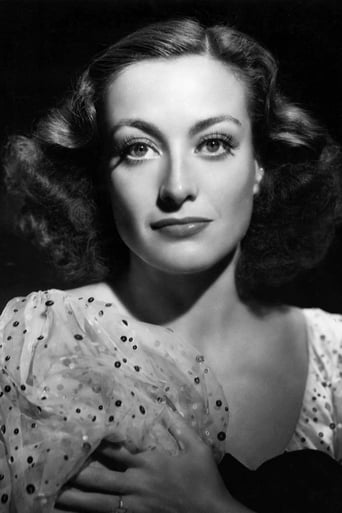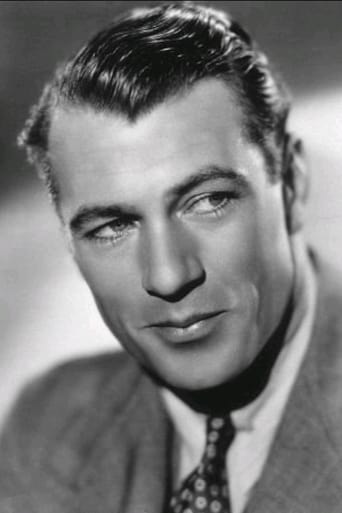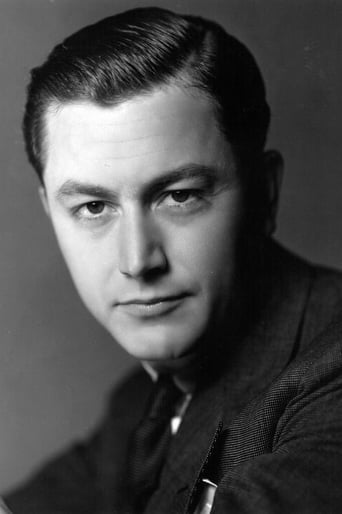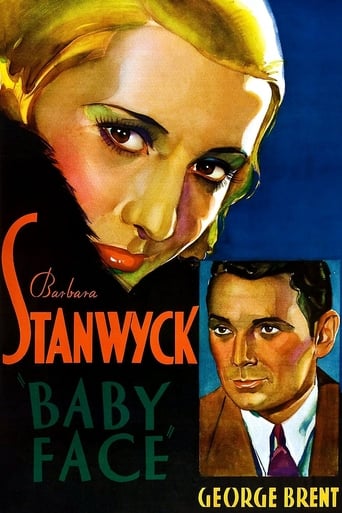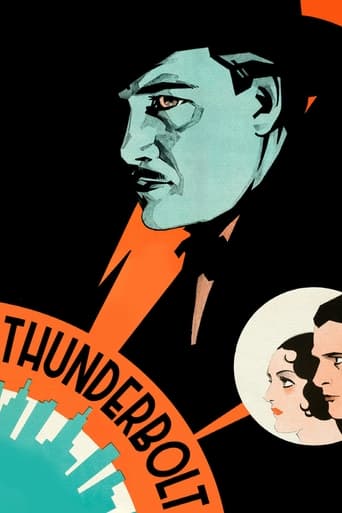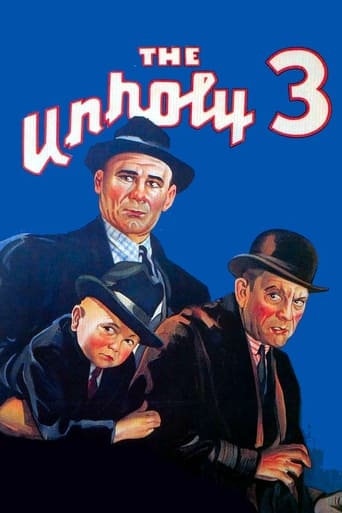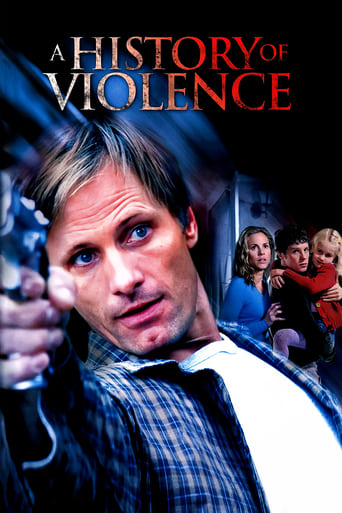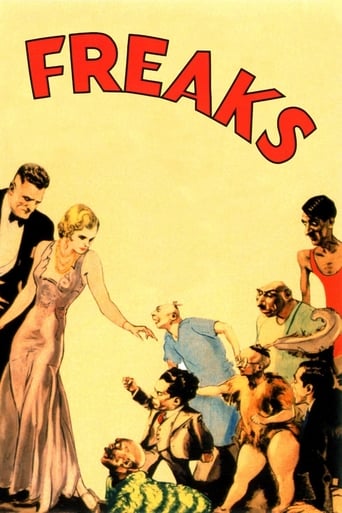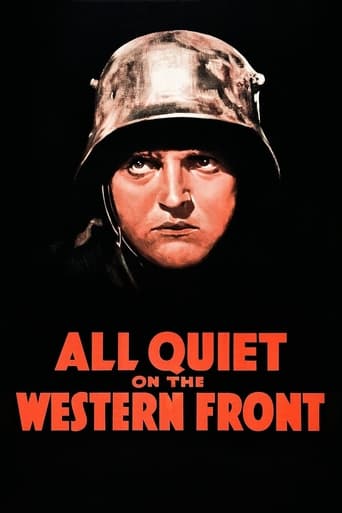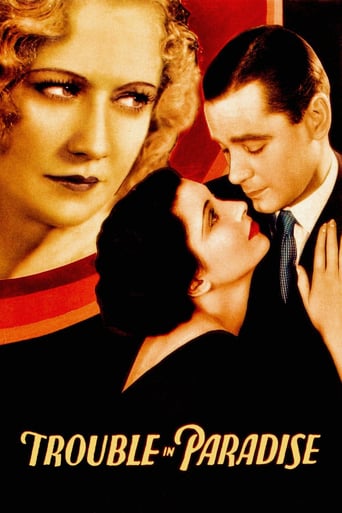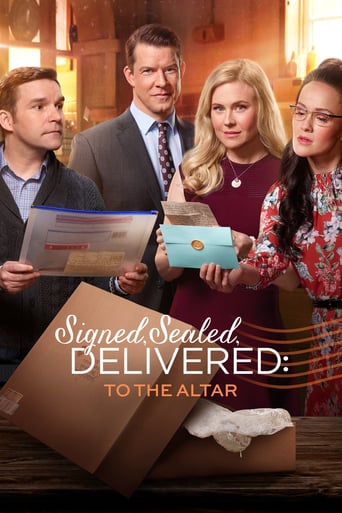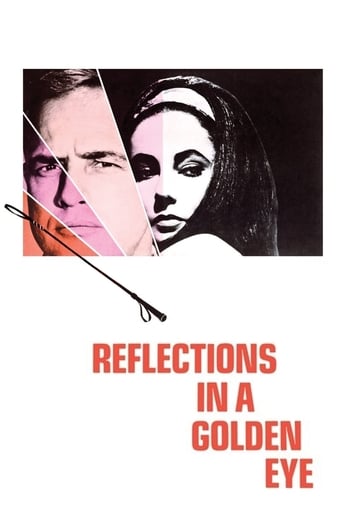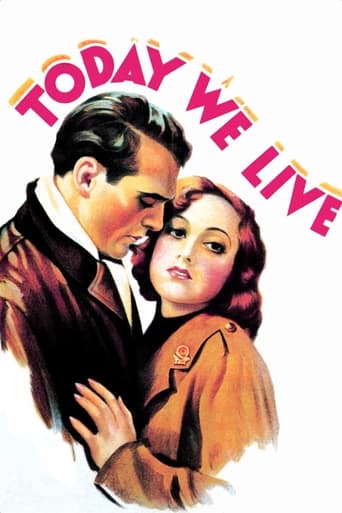
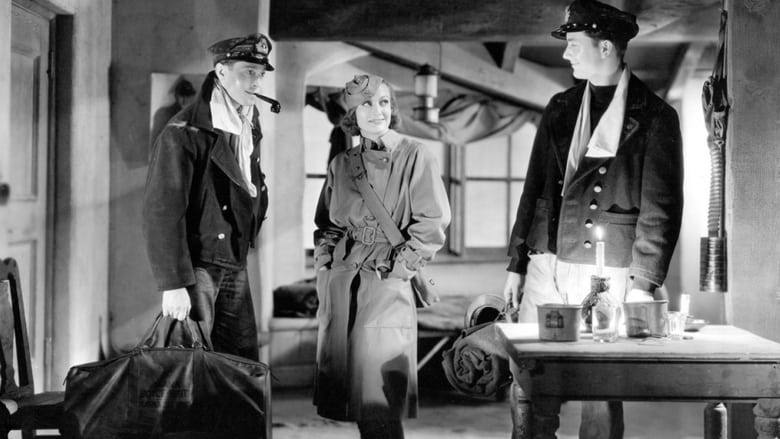
Today We Live (1933)
Two lovers are living together and are not married; they had made a promise as children to get married when they grew up, but they "didn't wait."
Watch Trailer
Cast
Similar titles
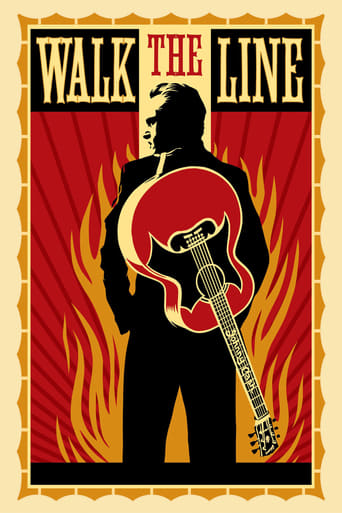
Reviews
the audience applauded
best movie i've ever seen.
If the ambition is to provide two hours of instantly forgettable, popcorn-munching escapism, it succeeds.
The movie's neither hopeful in contrived ways, nor hopeless in different contrived ways. Somehow it manages to be wonderful
Hawksian Worshipers can Deflect Blame for this Really Bad Movie all They want, the Authorship must be Attributed to the Director without Apology. The "he can do no wrong" Hordes of Howard Hawks Admirers must, in this and other Films, Concede that the "Man" is Overrated.In this One He Borrows from Other Movies, even His own, for the War Footage and Delivers an Awkward (a Hawks trademark) Film Filled with Braggadocio He-Man Flourishes. You see it's Tough Stuff when Characters Speak in Clipped Sentences that are Supposed to be about Camaraderie and Familiarity but come off in the Hawksian World as Hardly having a Clue how "Real People" Bond and Interact.This is a Fun Watch. Seeing the Opening Strain Mightily to Bring the Viewer in to this Real World of WWI with Fashions so Art-Deco and Out of Place that it does Nothing but Scream Fake. Most of Hawk's Movies Scream Fake, even the Best of Them. After a Disastrous Start the Film becomes Watchable, if Unintentionally Humorous, as the Director Struggles for some "Reality" with a Love Triangle (some say a Quadrangle) with Pre-Code Situations and Macho Member Measuring. There is a Bizarre Subplot Starring a Cockroach Named Wellington and although He is Sacrificed for the Cause, One Cannot Deny, He was a "Stout Fellow".
In the one and only film Gary Cooper and Joan Crawford made together, unless you count their joint cameo in It's A Great Feeling, it's one very old fashioned wartime soap opera set in the United Kingdom during World War I and then in France. Howard Hawks maybe was the wrong director for this film. It might have been better handled by someone like Frank Borzage or George Cukor where they might have made the tender romantic lines believable. I don't think anyone would have believed Joan Crawford as British. Elegant she does look however in those gowns she was famous for in her early films.Joan shouldn't be blamed for not sounding British. The story involves a mixture of British and American characters. But in checking out the entire cast list, I found only three of them were actually born across the pond and another born in Australia. Where was the fabled Hollywood British colony in this film.?Gary Cooper is an American aviator who takes over Joan's estate following the death of her father. She's already involved with fellow countryman Robert Young who's in His Majesty's Navy. Also around is her brother Franchot Tone who gives the best performance in the film. As we all know this was Tone's first film with the woman who became his wife in a couple of years.The romance is pure soap opera with Joan going back and forth from Cooper to Young and back. You know that someone is going to have to do the decent thing. If you're interested you can watch the film for who does.Courtesy of Hawks's earlier masterpiece and from Mr. Howard Hughes came some nice aerial footage from Hell's Angels. Aviation enthusiasts if there willing to sit through the drama will get a real treat with all the vintage World War I aircraft.It's too bad Cooper and Crawford did not get something better. Of course Gary later worked with Howard Hawks on Sergeant York and Ball of Fire. Now those are films not to be missed.
In what would be his first screenplay, based on his own short story "Turn About," William Faulkner delivers a bizarre story of loyalty, sacrifice, and really strange relationships. The story originally was about only the Tone, Young, and Cooper characters, but MGM needed to put Joan Crawford in another picture to fulfill her contract, and Faulkner obliged by creating a female role. Crawford insisted that her lines be written in the same clipped style as her co-stars' Young and Tone, leading to much unintentional hilarity as these three communicate in a telegraph-like shorthand that sounds like a Monty Python sketch ("Wuthering Heights" performed in semaphore). Seriously, the almost entirely pronoun-less sentences make Ernest Hemingway read like Henry James.The film also reflects some familiar Faulkner themes, with an almost unnaturally close relationship between brother and sister (as may be found in his "Sanctuary," and elsewhere). When Young proposes to Crawford, in Tone's presence, in lieu of an engagement ring ALL THREE exchange their childhood engraved rings with one another. The closeness of Tone and Young is also noticeable, especially as they go off to their Thelma & Louise fate. Frankly, it's creepy.Not as creepy to this New Yorker, however, as the recurring theme of the massive cockroach, Wellington, which Crawford cheerfully catches (and which is shown gamboling over her hands--I had to turn away!) and Young turns into a gladiator. Blech.That being said, there are some nice performances. Young is particularly engaging in a scene where he's taken up in Cooper's fighter plane, and Roscoe Karns is delightful as Cooper's flying buddy. Tone, despite his inability to express himself through realistic dialogue, has a nice moment, dashing away his own furtive tears over his buddy Young's fate. Crawford, stripped of meaningful dialogue as well, mostly comes across as either wooden or melodramatic, which is quite a balancing act for one role.The battle scenes--not surprisingly, for a Howard Hawks film--are the most exciting part of the entire picture. But not enough. As far as I'm concerned, this is 75 minutes of my life I'm never going to get back.
The producers saved a lot of money on the action scenes. Most of the RAF combat footage was borrowed from Howard Hughes' epic, "Hell's Angels." The bomber that Gary Cooper and Roscoe Karns fly is a replica used with rear projection. The real one, a Sikorsky S-29, belonged to Roscoe Turner and was used as a stand-in for a German "Gotha" bomber in "...Angels." It was destroyed during a scene in which the aircraft was spun from 7,500 ft. by Hollywood pilot Al Wilson, while mechanic Phil Jones worked the smoke pots in the rear of the cabin. Wilson was unable to recover from the spin and, after shouting to Jones to bail out, left the aircraft. Jones apparently didn't hear the warning and rode the plane to his death in an orange grove in Pacoima, near present-day Whiteman Air Park. The camera crew was not prepared to catch the crash, so a JN-4 ("Jenny") was rigged with dummy wing-mounted engines and pushed over a Santa Paul bluff to recreate the Sikorsky's unplanned crash for the cameras.The German fighters that Robert Young shoots down in "...We Live" were from the climactic air battle in "...Angels" and were flown by such legendary stunt pilots as Frank Clarke, Frank Tomick and Leo Nomis."...We Live" wasn't the only film to use "...Angels" aerial sequences. Others included "Cock of the Air" ('32), "Sky Devils" ('32), "The White Sister" ('33), "Crimson Romance" ('34), "Hell in the Heavens" ('34), "Suzy" ('36), "Ace Drummond" ('36), "Stunt Pilot" ('39) and "Army Surgeon" ('42).
